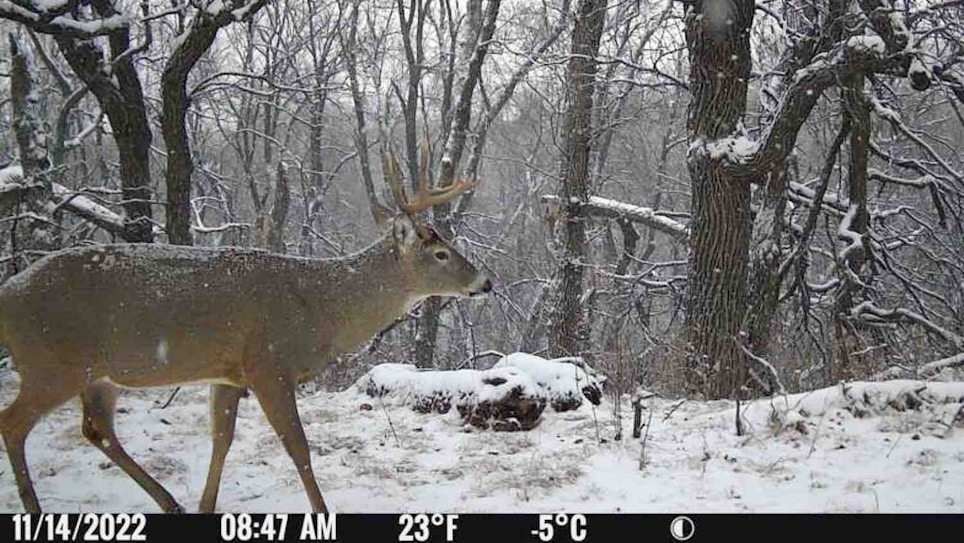Kansas joins Arizona, Montana, Nevada and Utah in passing regulations prohibiting the use of trail cams in some fashion. Click each of the states listed in the previous sentence to read the exact language; not all the regulations are identical, and if I try to summarize each state’s rule, I’m sure to get it wrong. (A law degree will help you understand the language.)
The new rule for Kansas was approved on March 9, 2023, by the Kansas Department of Park & Wildlife (KDPW) Fish and Game Commission; it drew unanimous support from all seven members. (At the time of this writing, the KDPW website had not been updated with the new regulation.)
The Kansas ban pertains only to public and Walk-In lands (private property leased by KDPW for hunting use). It’s a year-round ban, too, not just during the big game hunting season. It includes cellular and conventional trail cams. Important note: Private land hunters in Kansas are not affected by the ban.
“There are some deleterious (causing harm or damage) issues when it comes to trail cameras,” said Commissioner Gerald Lauber. “In some places, cameras are used to spy on other hunters. And some people recoil from seeing a camera. They’re private. They don’t want to have somebody take their picture and then have it on Facebook.”
How much land does this affect in Kansas? According to KDPW, the ban applies to all state lands and waters, including 28 state parks and approximately 300,000 acres of public wildlife areas and 1.4 million private acres enrolled in the state’s Walk-in program. Kansas’ trail cam ban will go into effect prior to its fall hunting seasons.






